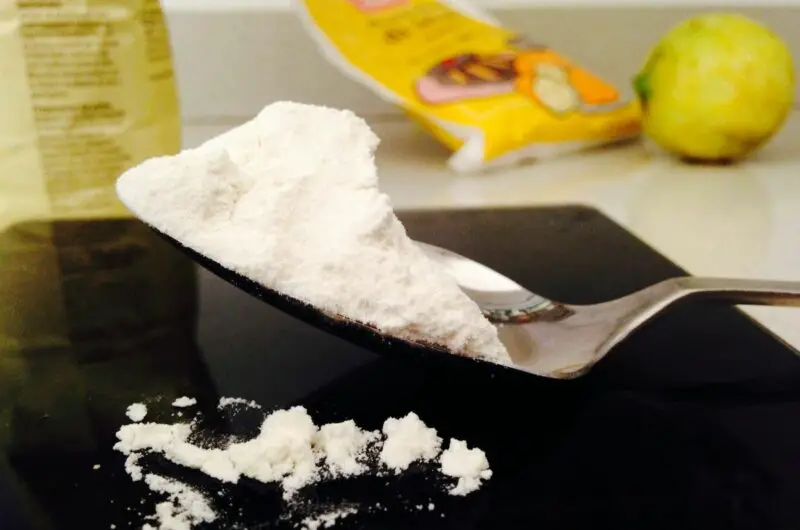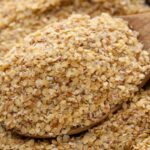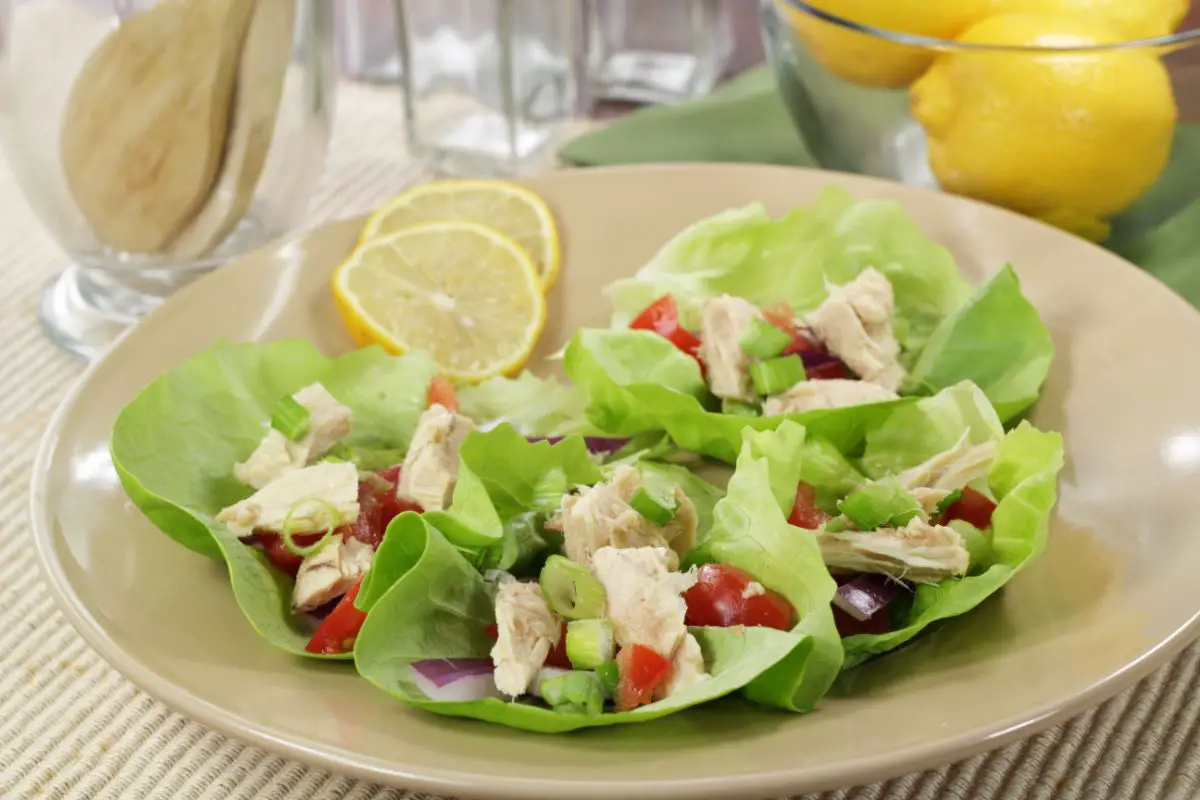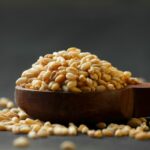Making a homemade bechamel sauce, or cooking some yummy cupcakes, there is a wide range of flour that you can use to alter the flavor or to fit your dietary needs. Including Farina. You may recognize farina flour as a Cream of Wheat.
It is not a well-known type of flour but it is an incredible ingredient for a range of recipes. You might be curious to know what Farina is and if there is a substitute, whether you are just starting to cook or have tried a variety of flours.
We have 6 of the best substitutes for farina that will have you cooking your dishes to perfection!
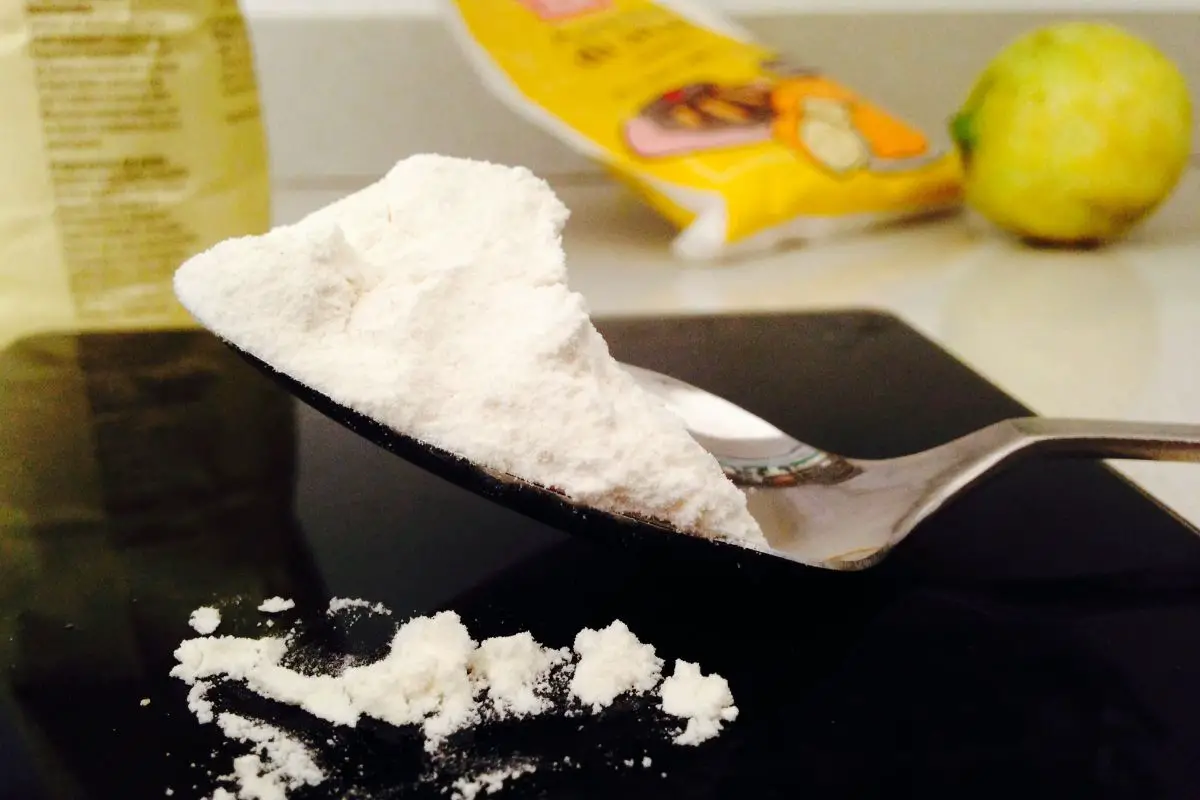
Farina: What Is It?
A milled cereal grain known as farina is typically manufactured from wheat germ and the endosperm, which is the interior portion of the wheat kernel. Occasionally, milled rice or potatoes may also go by this moniker, but this is primarily associated with wheat cereal.
It has a fairly bland flavor, which makes it versatile when made as a hot cereal, which is the usual approach. It cooks rapidly due to its fine grinding and continues to be one of the more popular hot cereal options.
Even when boiled in water, farina contains a sizable amount of protein. The prepared cereal provides just 120 calories and over 4 grams of protein per serving of 1 cup (251 g).
However, it is not as high in fiber and can leave you feeling hungry not long after consuming it. The grain is frequently offered in enhanced form and may be fortified with iron, calcium, and, depending on the brand, folate.
Given that iron inhibits calcium absorption, enriching with iron and calcium at the same time makes little sense.
6 Best Substitutes For Farina
Farina is often served as a form of cereal with a creamy consistency. However, it can also be used in cooking and baking. Below are 6 of the best substitutes for farina that provide a similar flavor and texture.
1. Oatmeal
Almost everyone on the planet has had oatmeal for breakfast. With a creamy consistency once water or milk is added, it is a great course of protein and fiber.
It works great as a substitute for farina as it has a similar consistency and only needs to be blended in order to be turned into flour. Oatmeal is rather bland in flavor meaning you can add your own flavorings.
Whether you prefer sweet or savory, a few simple ingredients can transform this innocent oat. Many find that oatmeal has a lumpy texture and prefer the smooth texture of farina.
2. Grits
Grits are a southern alternative that is often made with ground maize, butter, and water. Learn how to reheat grits while we’re talking about them. Grits are a wonderful savory breakfast choice that tastes even better when served with milk and cheese.
You can almost consider the dish to be gourmet if you add a fried egg on top! Grits are great for baking dense treats such as cornbread and muffins but it may not work so well in recipes for cookies.
3. Cornmeal
Cornmeal is considered one of the best alternatives to farina. It contains extremely simple ingredients and has a similar texture while being slightly tougher. Made from blended fried corn kernels, it is not common for cornmeal to be made at home.
To put it simply, cornmeal is dried and ground field corn (not the sweet corn we eat off the cob), which comes in a variety of textures—fine, medium, and coarse—depending on the size of the bits.
Because the rate of water absorption depends on the size of the grind (smaller grind = faster absorption), coarsely ground grits take a long time to cook into creamy bliss. It is an extremely popular breakfast and ingredient in baking.
There are various types of cornmeal with the most popular being corn flour. This is commonly used for making delicious cookies or a savory tempura batter.
4. Couscous
Couscous, a North African food produced with semolina flour from crushed durum wheat, is more like pasta even though it appears and functions like a grain.
Due to its incredible adaptability, which allows for a wide range of recipe variations containing a variety of extra ingredients, this North African staple has achieved popularity on a global scale.
Couscous is a great ingredient in the busy kitchen because it cooks so rapidly. The majority of the couscous offered in the U.S. is instant, which just has to steep for a short time in boiling water.
It takes three steams to prepare traditional couscous in a Moroccan pot called a couscoussier. Some people favor the airy and light texture of couscous in food over Farina. Additionally, depending on what you add to it, it can be flavored in a variety of ways.
5. Polenta
Polenta is becoming a popular form of flour in the United States, however, it is already a staple in Italian homes. It is produced by milling corn into a meal or flour. It tastes somewhat sweet and is a rich, yolk-like golden color.
Polenta can either be cooked until it is creamy and thick or let to set before being sliced. Serve it in place of potatoes, rice, or pasta. Use to coat chicken or fish when frying instead of breadcrumbs.
Cakes, biscuits, and pastries can be made with uncooked polenta as a delightful addition or gluten-free substitute for flour. Polenta-based cakes typically have a moist, rich, and enjoyable gritty texture.
6. Buckwheat
Buckwheat is truly an old grain with a long history, despite its recent rise to prominence. It has been consumed for generations in Asia and Eastern Europe, but due to its numerous health advantages, it is also gaining popularity in the west.
While buckwheat is typically thought of as a cereal grain, it is actually a fruit seed that is related to rhubarb and sorrel. However, it is occasionally characterized as a pseudo-cereal due to its seeds’ abundance in complex carbs.
It works great as a substitute for farina as it can become creamy and slightly smoother when combined with water or milk. It is also great for baking when bought in flour form.
Bottom Line
Whether you are gluten intolerant or want to lead a more plant-based lifestyle, there are plenty of substitutes to farina.
Farina is a delicious ingredient for making sweet baked goods such as loaves of bread and muffins or as an added protein source to your breakfast.
Above are 6 of the best substitutes for farina that will provide you with the same versatility and creamy texture. Discover new ingredients and explore some delicious recipes!
Farina: 6 Best Farina Substitutes For Baking
Course: Substitutes4
servings30
minutes40
minutes300
kcalFarina is a lesser-known type of cereal but it is great for baking. We have 6 of the best farina substitutes for baking and cooking. Organic and delicious.
Ingredients
Oatmeal
Grits
Cornmeal
Couscous
Polenta
Buckwheat
Directions
- Decide on what substitute you need
- Pick a substitute from the list above
- Read what you need to substitute with
- Create the recipe and enjoy
Recipe Video
https://www.youtube.com/watch?v=ym1TKWhF1lgVideo can’t be loaded because JavaScript is disabled: How to make Farina (https://www.youtube.com/watch?v=ym1TKWhF1lg)- What Exactly Do Chickpeas Taste Like? Is There A Distinct Flavor? - September 30, 2023
- Top 11 Low Carb Options at Sonic Drive-In for Keto Diet - September 30, 2023
- What Should You Serve Alongside Potato Salad? 8 Incredible Side Dishes - September 30, 2023

